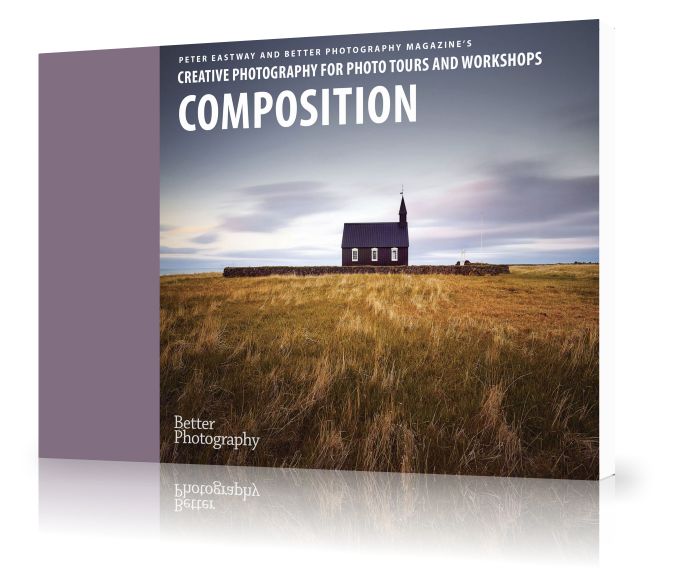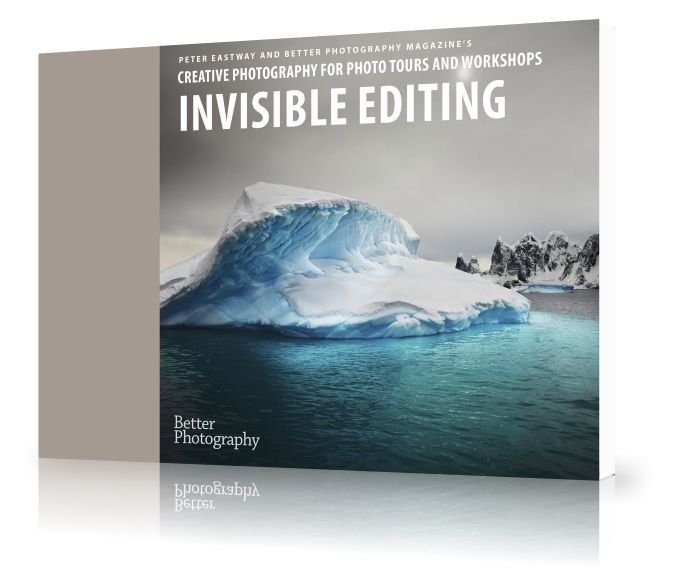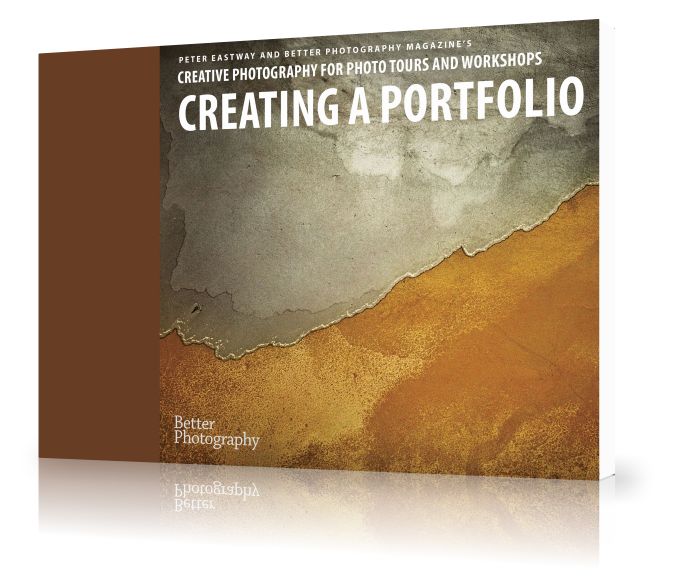


Join our free newsletter and you can download (also for free) three great eBooks on composition, invisible editing and creating a portfolio. Enter in your name and email in the form below and you'll be taken to the download page!



Join our free newsletter and you can download (also for free) three great eBooks on composition, invisible editing and creating a portfolio. Enter in your name and email in the form below and you'll be taken to the download page!
Tony and I are just sending this out to photographers who have travelled with us before - we're gauging interest! One of the most photogenic places in the world, Scoresby Sund (or Sound) is a huge, still water labyrinth of deep coastal fjords, giant arched icebergs and (with a bit of luck), the Northern Lights. Our voyage begins (and finishes) in Iceland with a flight directly into Scoresby Sund, so we save long days crossing the Arctic Ocean and instead we land next to the mirror-smooth...
Potosi, Bolivia featuring the city gates.Phase One A-Series, IQ4 150MP, 180mm Rodenstock, f8 @ 1/250 second, ISO 50 Photographs like to have points of interest. True, not every successful photograph has a centre of interest – some photographs draw their strength and character by avoiding a point to which every viewer’s eye is drawn, but generally speaking, especially when it comes to travel photography where we’re telling a story or sharing an experience, a point or centre of interest is...
Fujifilm Australia has announced the ‘Creator Summit: Powered by Fujifilm’, a new festival celebrating the power and possibilities of content creation. For one weekend only (22-23 February 2025), Fujifilm will collide with Australia’s House of Fun, taking over Sydney’s iconic Luna Park to explore the world of content creation. Designed as a new event for Australia’s six million strong content creation community, the festival is set to deliver an array of inspiring keynotes and engaging talks in...